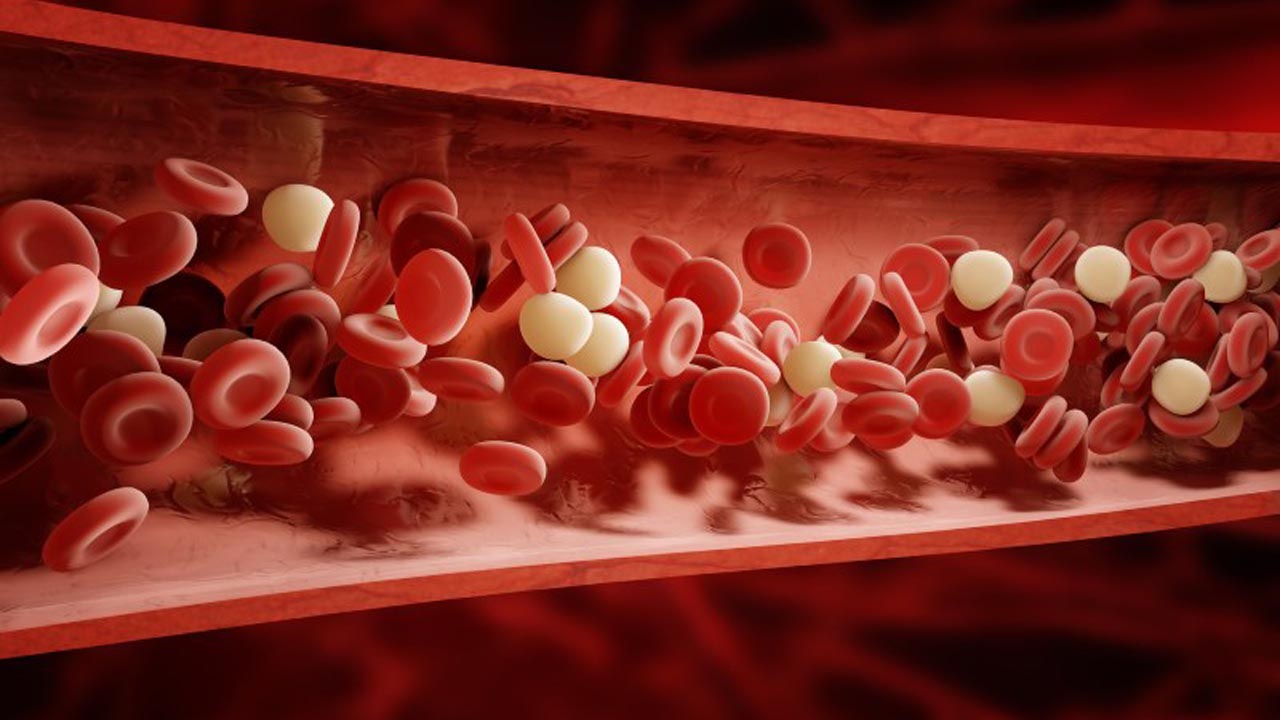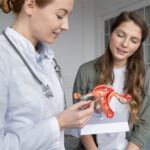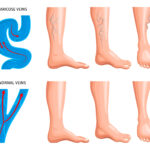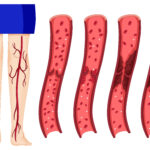The circulatory system or (Cardiovascular system) is a system of organs that includes the heart and blood vessels. The main function of the circulatory system is to circulate the blood, lymph, oxygen, nutrients, and hormones to muscles, tissues, and organs throughout the body. The circulatory system also removes the waste from cells and organs, so your body can dispose of it. The heart pumps blood to the body through a network of arteries and veins (blood vessels).
What are the circulatory system parts?
The parts of your circulatory system are your:
• Heart, pumps blood throughout your body.
• Blood vessels, including; your arteries, veins, and capillaries.
• Blood, is made up of red and white blood cells, plasma, and platelets.
What are the 3 types of blood circulations?
Blood circulates through your heart in a continuous pattern:
Pulmonary circulation
Oxygen-deprived blood (deoxygenated blood) enters the right atrium of the heart and flows through the tricuspid valve (right atrioventricular valve) into the right ventricle. The oxygen-poor blood is pumped through the pulmonary semilunar valve into the pulmonary artery to the lungs. The exchange of CO2 occurs in the lungs, where CO2 is released from the blood, and oxygen is absorbed. The pulmonary vein returns with oxygen-rich blood to the left atrium.
Systematic circulation
The systemic circulation carries blood to all the tissues of the body. It carries oxygen and nutrients to the cells and picks up carbon dioxide and waste products. Systemic circulation carries oxygenated blood from the left ventricle, through the arteries, to the capillaries in the tissues of the body. The deoxygenated blood from the tissues and capillaries returns to the right atrium of the heart.
Coronary circulation
The heart itself is supplied with oxygen and nutrients through a small “loop” of the systemic circulation and derives very little from the blood contained within the four chambers. The coronary circulation system provides a blood supply to the heart muscle itself. The coronary circulation begins near the origin of the air through two coronary arteries: the right coronary artery and the left coronary artery. After nourishing the heart muscle, blood returns through the coronary veins into the coronary sinus and from this one into the right atrium.




